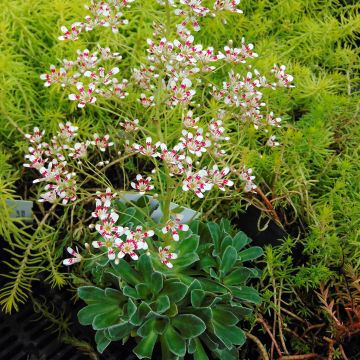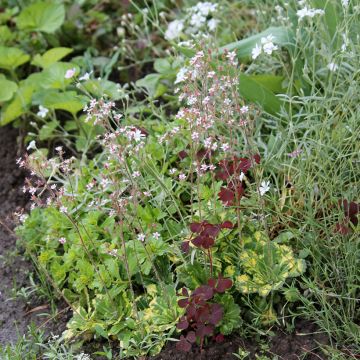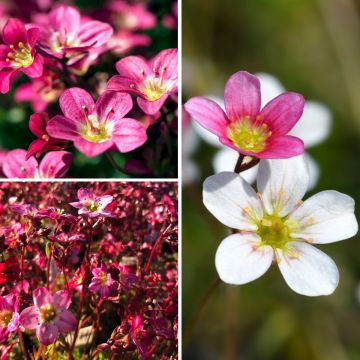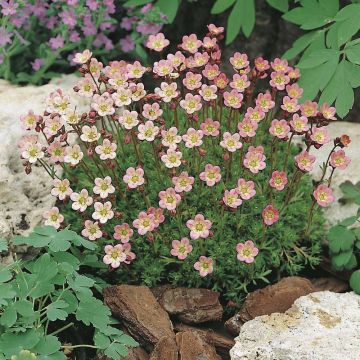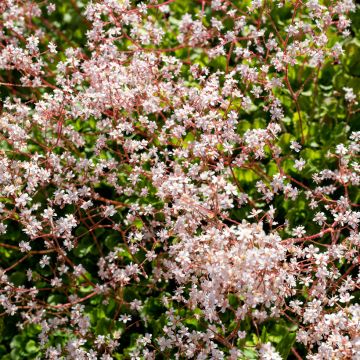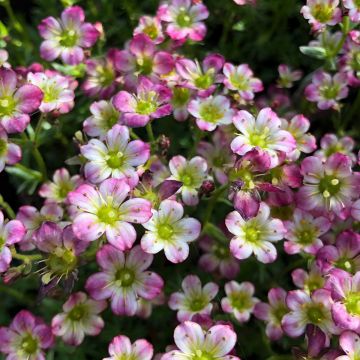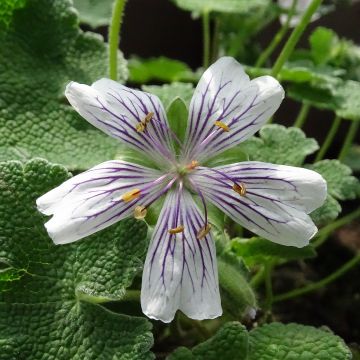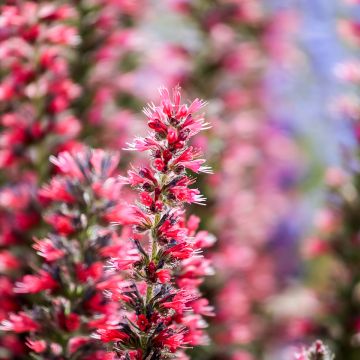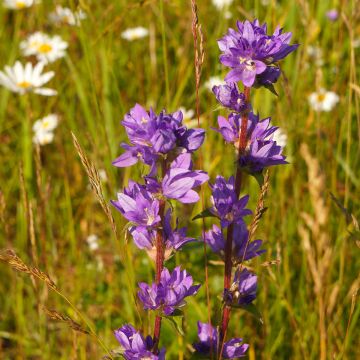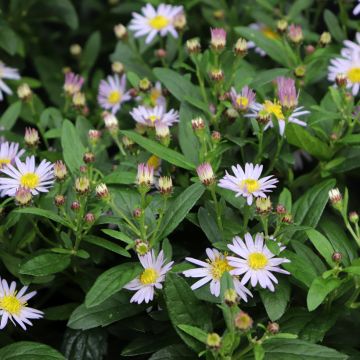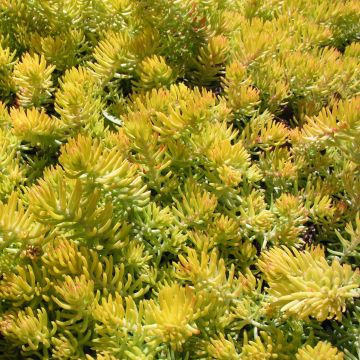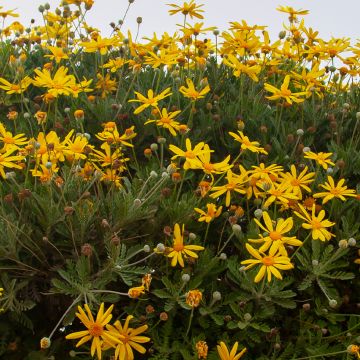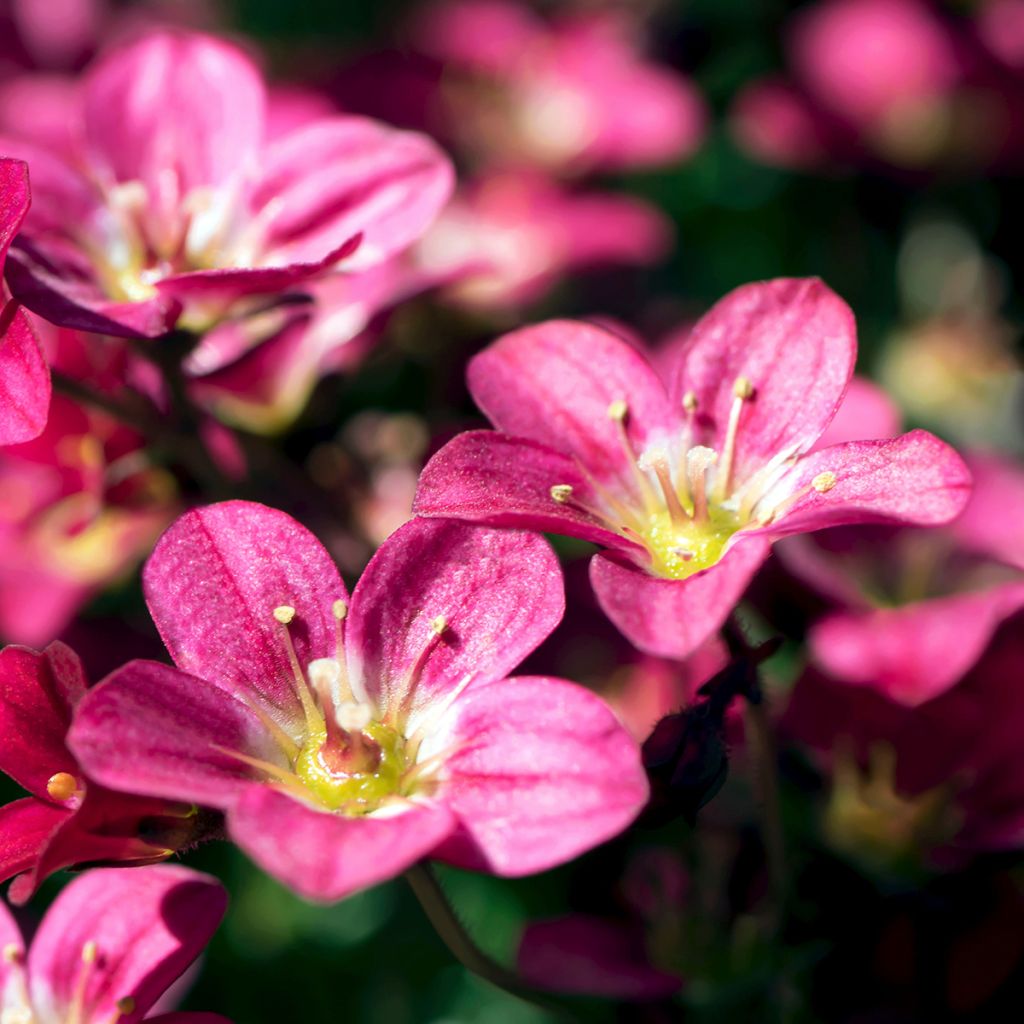

Saxifraga arendsii Peter Pan
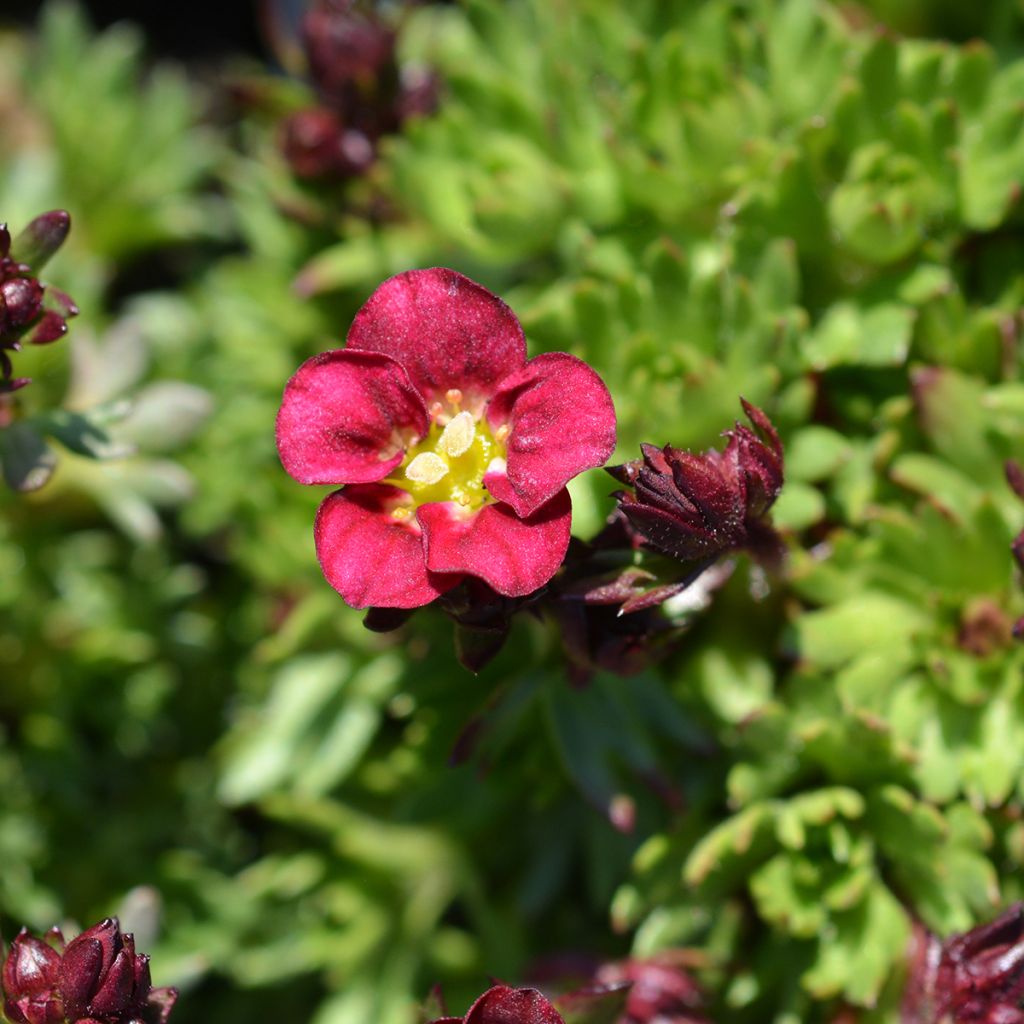

Saxifraga arendsii Peter Pan
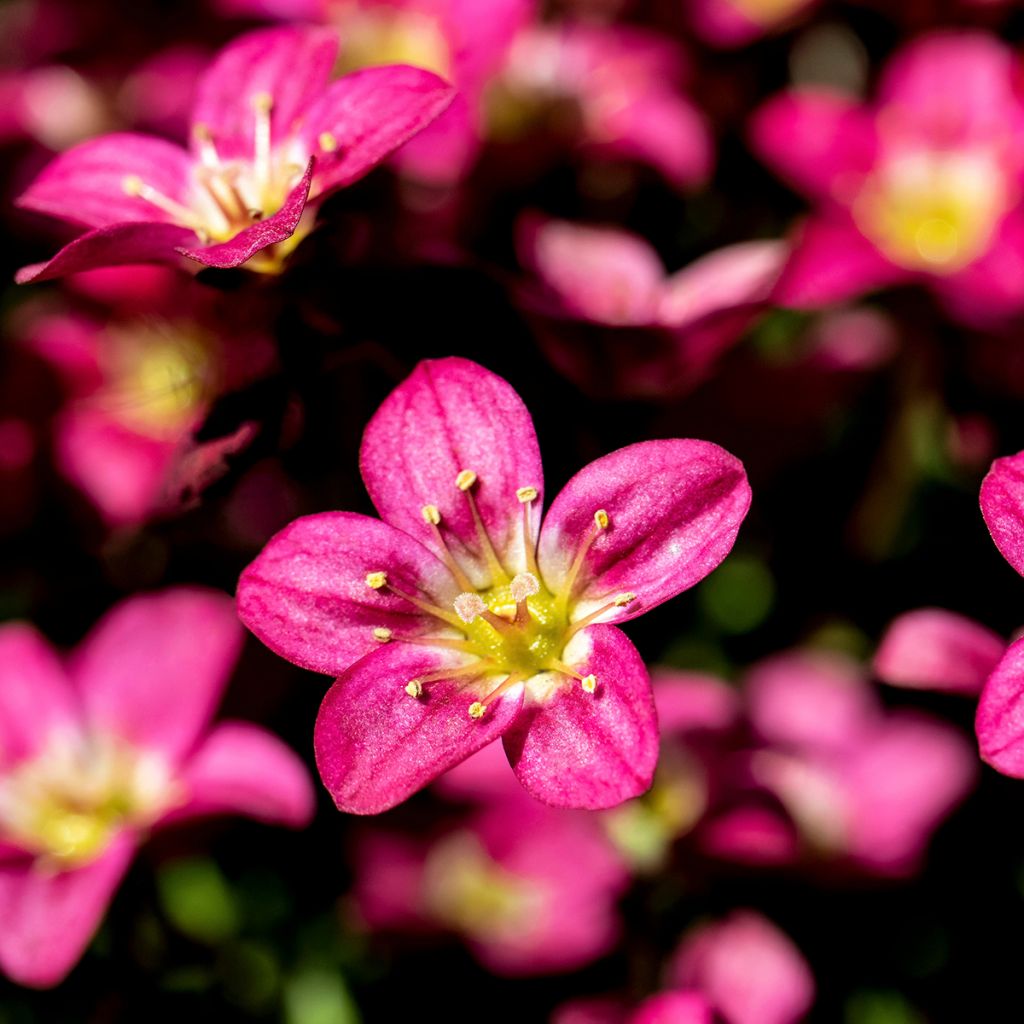

Saxifraga arendsii Peter Pan
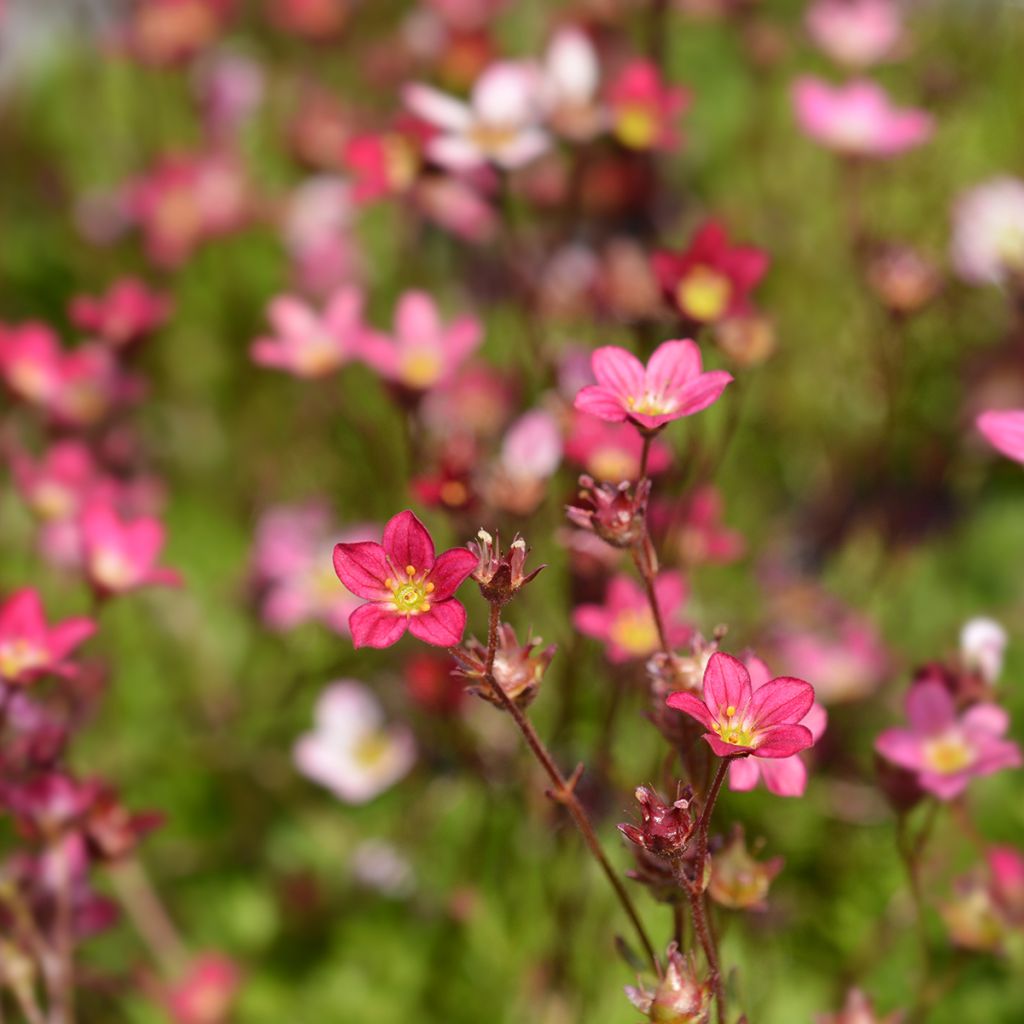

Saxifraga arendsii Peter Pan
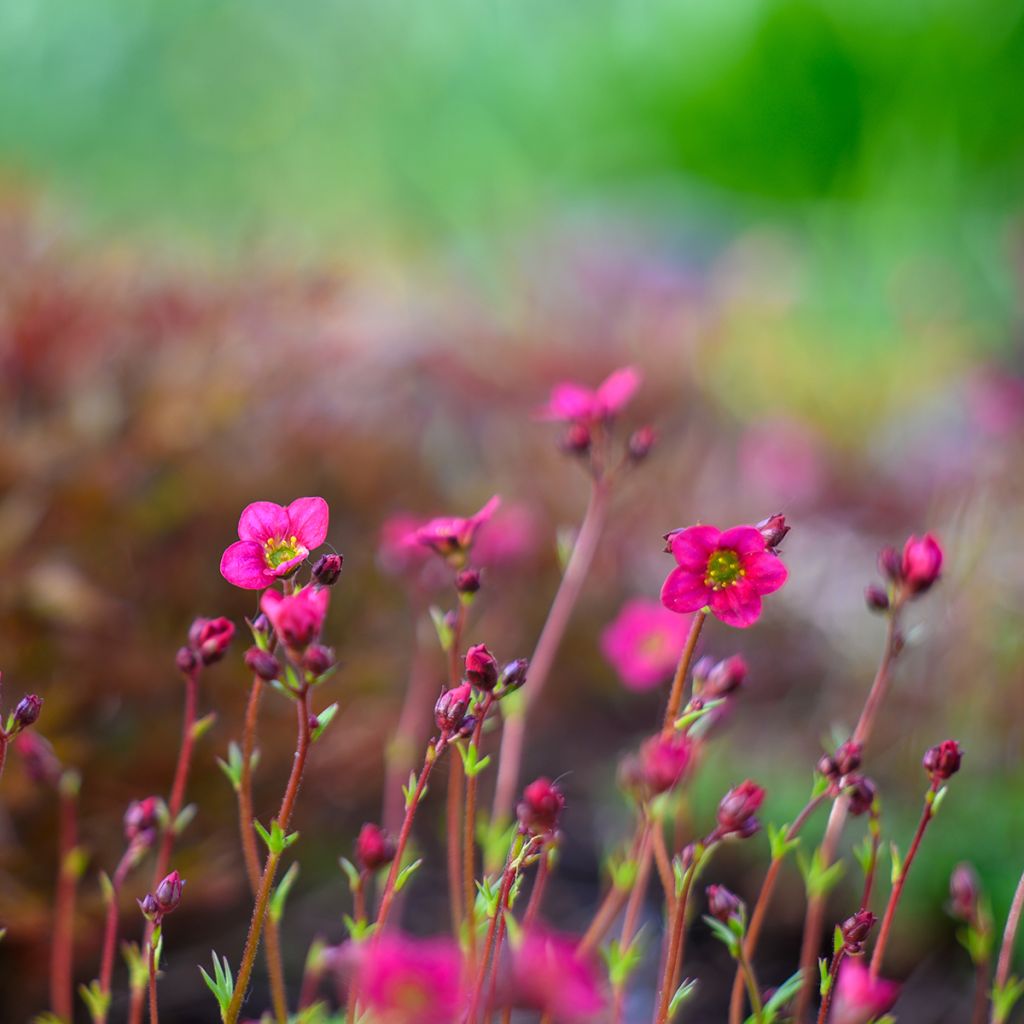

Saxifraga arendsii Peter Pan
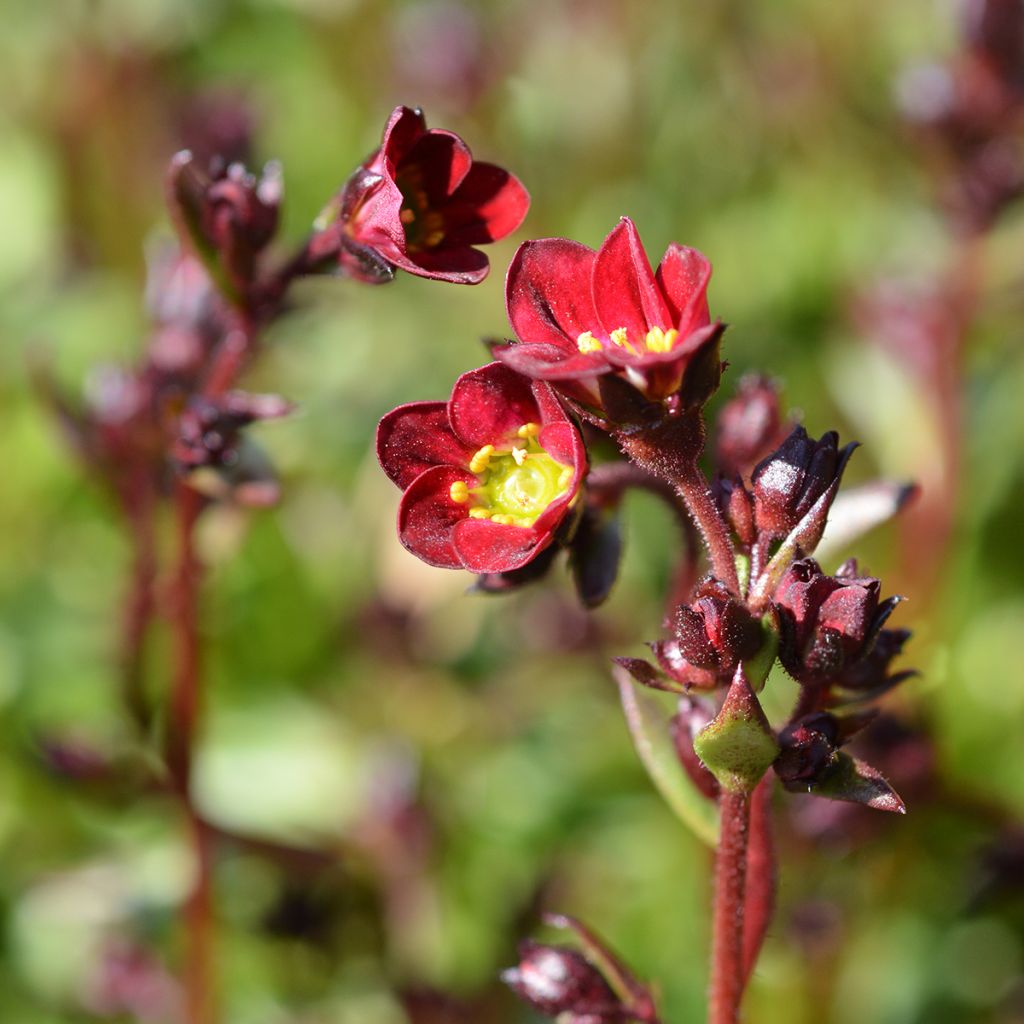

Saxifraga arendsii Peter Pan
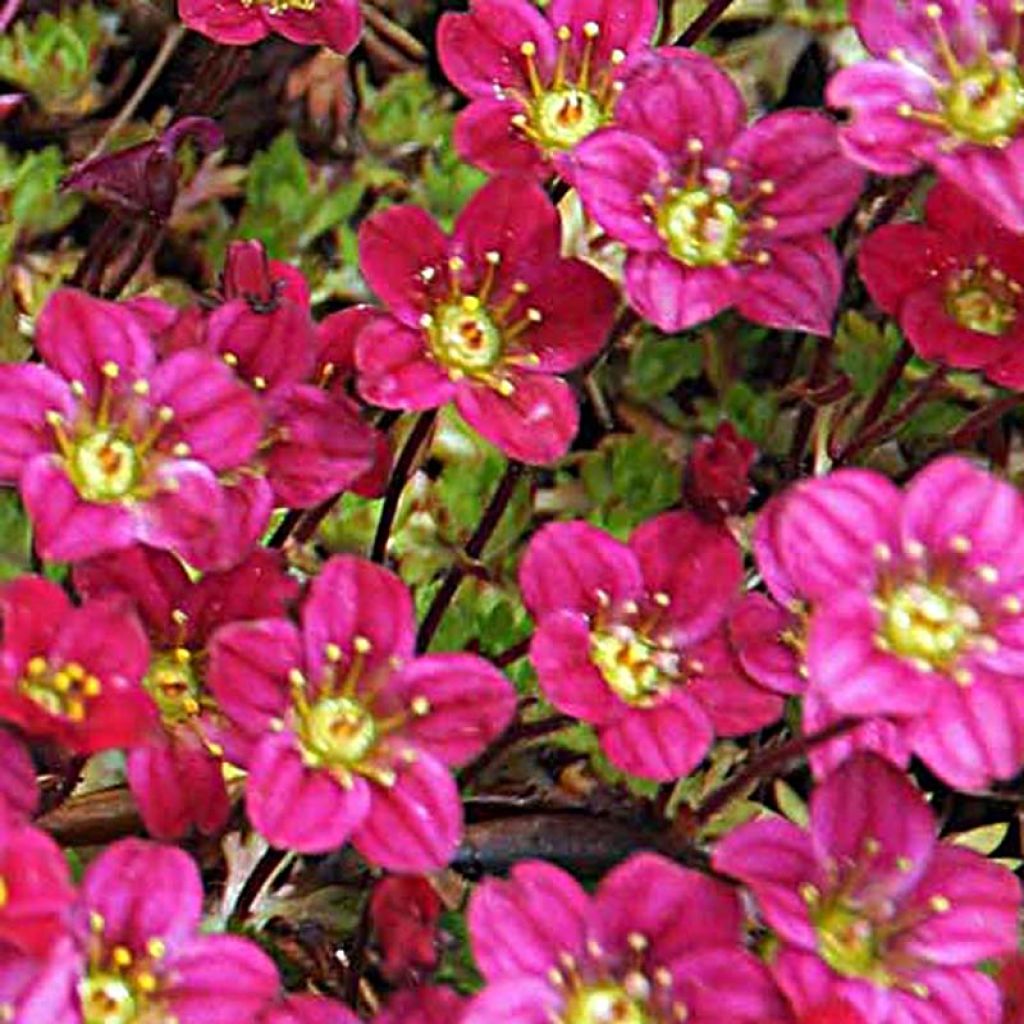

Saxifraga arendsii Peter Pan
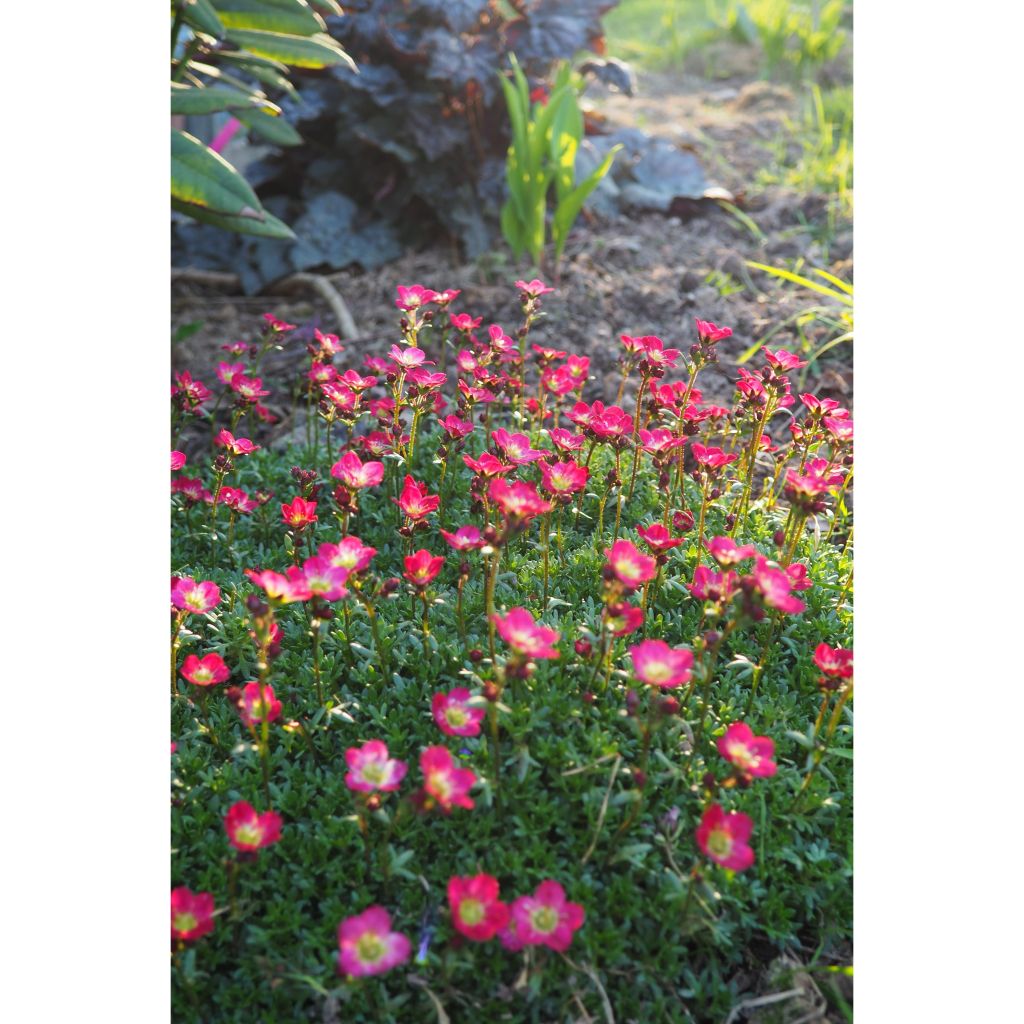

Saxifraga arendsii Peter Pan
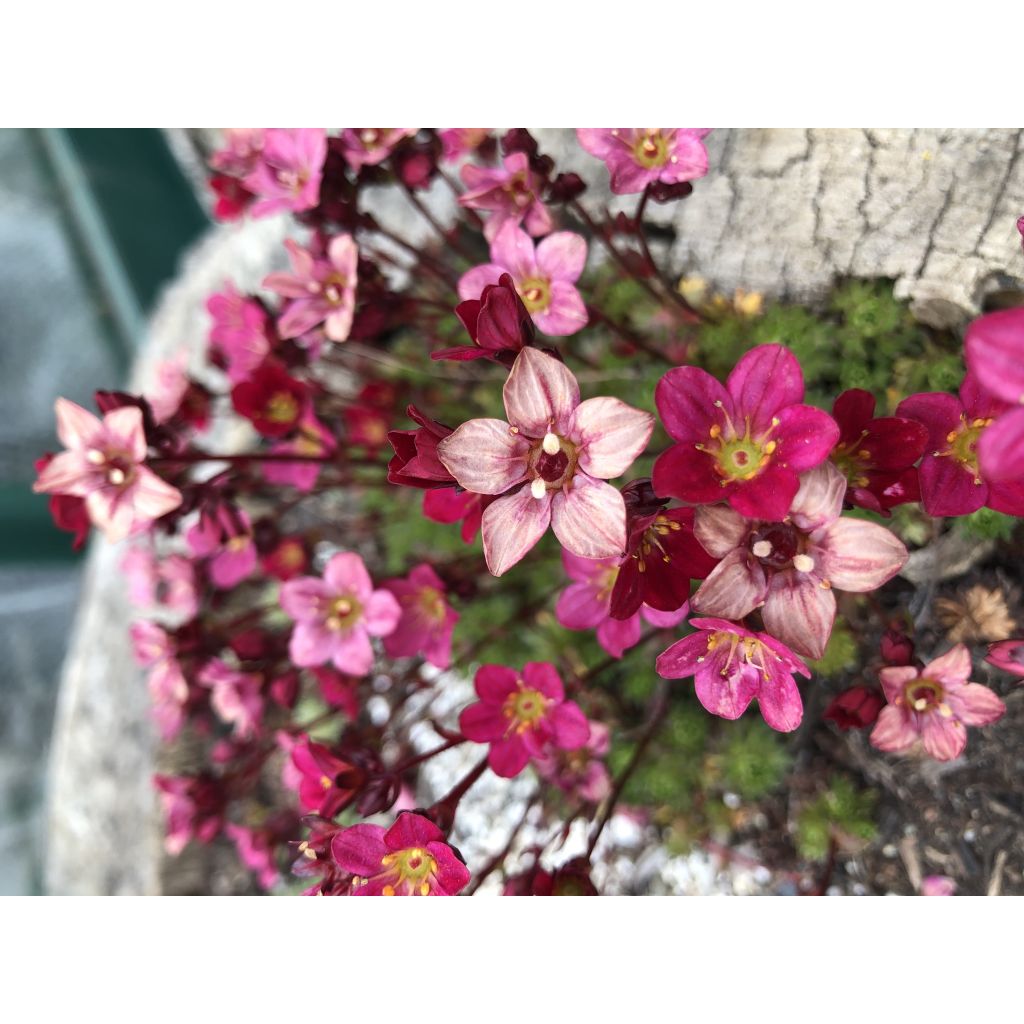

Saxifraga arendsii Peter Pan
Saxifraga arendsii Peter Pan
Saxifraga arendsii Peter Pan
Mossy saxifrage, Arends' saxifrage
This item cannot be shipped to the selected country
Delivery charge from €5.90
More information
Schedule delivery date,
and select date in basket
This plant carries a 12 months recovery warranty
More information
We guarantee the quality of our plants for a full growing cycle, and will replace at our expense any plant that fails to recover under normal climatic and planting conditions.
From €5.90 for pickup delivery and €6.90 for home delivery
Express home delivery from €8.90.
Does this plant fit my garden?
Set up your Plantfit profile →
Description
Saxifraga 'Peter Pan', a variety of Turkish carpet or Mossy saxifrage, is a true little gem for well-maintained rockeries or flowering pots in partial shade. This saxifrage forms a small evergreen cushion similar to moss. In spring, it is covered with a multitude of tiny blood-red flowers with a small yellow heart. This perennial plant loves crevices and spaces between slabs, as long as it finds moist soil.
'Peter Pan' belongs to the Saxifragaceae family. Its ancestors come from the mountains of the Northern Hemisphere. The growth rate of this small perennial is quite slow. Its adult size will not exceed 5cm (2in) in height, 15cm (6in) when in flower. 'Peter Pan' forms a small prostrate cushion-like clump. The foliage is composed of small rosettes of finely cut leaves, with a lovely mossy green colour. The flowering takes place in May-June, in the form of small single dark red cup-shaped flowers, which are delicately scented. They are carried by slender stems.
The 'Peter Pan' mossy saxifrage can be used to line paths and borders. It will thrive very well on embankments where grass is scarce. It can also replace the moss that invades a shaded end of a lawn. Simply dig out the moss and plant a carpet of saxifrages. For the same reason, this plant will serve as ground cover between shrubs and trees. A fantastic hiding place, it adapts without any difficulty to the poorest sandy soils or shady locations. It is highly valued in the most disadvantaged areas of the garden, such as northern or shaded exposures. It can also be used to camouflage a portion of soil where stones or construction waste have been buried.
Report an error about the product description
Saxifraga arendsii Peter Pan in pictures
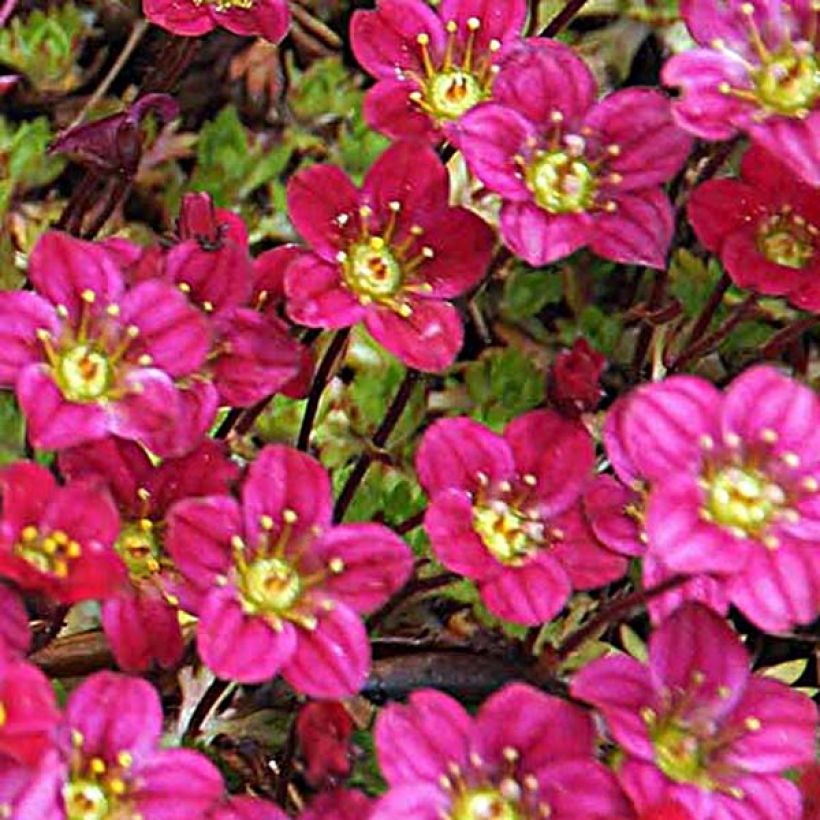

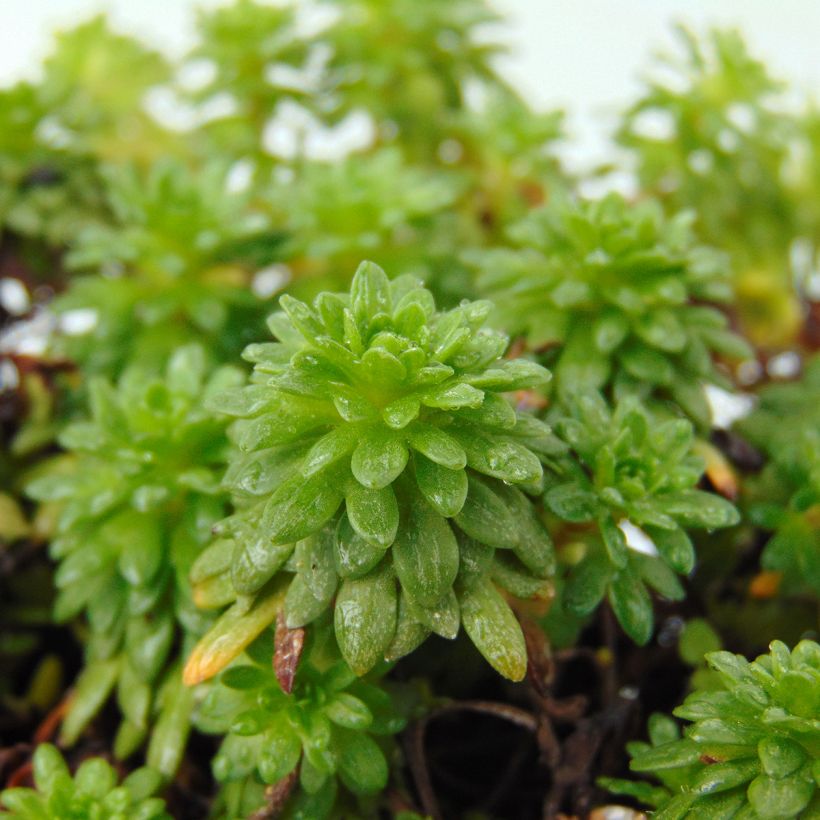

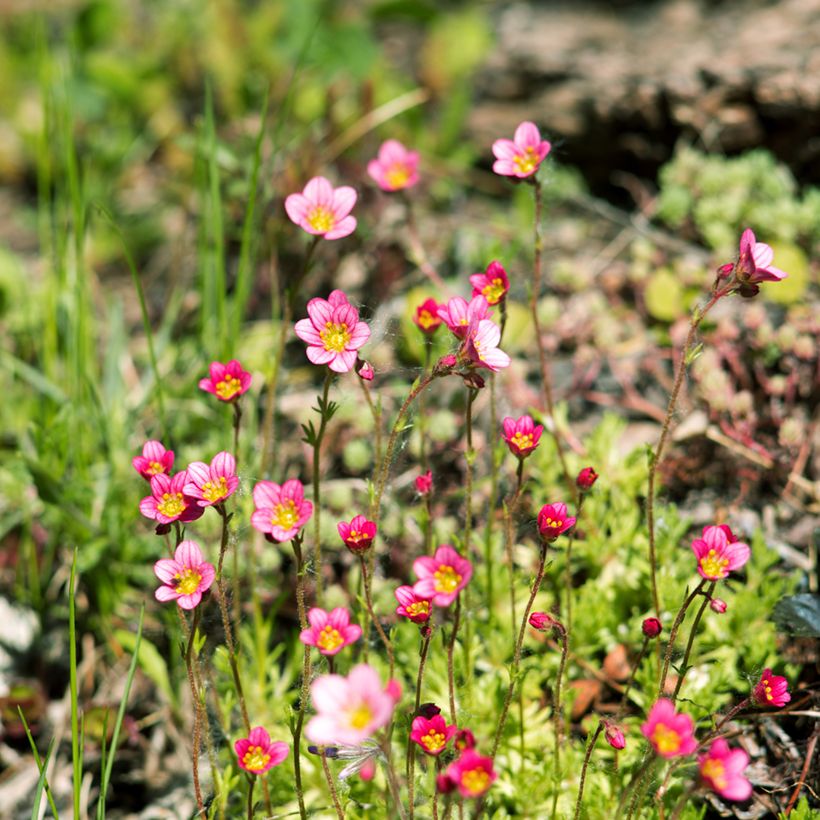

Flowering
Foliage
Plant habit
Botanical data
Saxifraga
arendsii
Peter Pan
Saxifragaceae
Mossy saxifrage, Arends' saxifrage
Cultivar or hybrid
Other Saxifraga
Planting and care
Plant Saxifraga arendsii 'Peter Pan' in permeable and humus-rich, neutral or calcareous, and most importantly well-drained soil. In heavy soil, adding compost or potting soil is beneficial. This plant prefers a shady or semi-shady exposure and is sensitive to dry and hot conditions. It requires little maintenance, and faded flowers can be removed after flowering for a cleaner appearance. It is preferable to plant this small perennial in March.
Planting period
Intended location
Care
-
, onOrder confirmed
Reply from on Promesse de fleurs
Summer flowering perennials
Haven't found what you were looking for?
Hardiness is the lowest winter temperature a plant can endure without suffering serious damage or even dying. However, hardiness is affected by location (a sheltered area, such as a patio), protection (winter cover) and soil type (hardiness is improved by well-drained soil).

Photo Sharing Terms & Conditions
In order to encourage gardeners to interact and share their experiences, Promesse de fleurs offers various media enabling content to be uploaded onto its Site - in particular via the ‘Photo sharing’ module.
The User agrees to refrain from:
- Posting any content that is illegal, prejudicial, insulting, racist, inciteful to hatred, revisionist, contrary to public decency, that infringes on privacy or on the privacy rights of third parties, in particular the publicity rights of persons and goods, intellectual property rights, or the right to privacy.
- Submitting content on behalf of a third party;
- Impersonate the identity of a third party and/or publish any personal information about a third party;
In general, the User undertakes to refrain from any unethical behaviour.
All Content (in particular text, comments, files, images, photos, videos, creative works, etc.), which may be subject to property or intellectual property rights, image or other private rights, shall remain the property of the User, subject to the limited rights granted by the terms of the licence granted by Promesse de fleurs as stated below. Users are at liberty to publish or not to publish such Content on the Site, notably via the ‘Photo Sharing’ facility, and accept that this Content shall be made public and freely accessible, notably on the Internet.
Users further acknowledge, undertake to have ,and guarantee that they hold all necessary rights and permissions to publish such material on the Site, in particular with regard to the legislation in force pertaining to any privacy, property, intellectual property, image, or contractual rights, or rights of any other nature. By publishing such Content on the Site, Users acknowledge accepting full liability as publishers of the Content within the meaning of the law, and grant Promesse de fleurs, free of charge, an inclusive, worldwide licence for the said Content for the entire duration of its publication, including all reproduction, representation, up/downloading, displaying, performing, transmission, and storage rights.
Users also grant permission for their name to be linked to the Content and accept that this link may not always be made available.
By engaging in posting material, Users consent to their Content becoming automatically accessible on the Internet, in particular on other sites and/or blogs and/or web pages of the Promesse de fleurs site, including in particular social pages and the Promesse de fleurs catalogue.
Users may secure the removal of entrusted content free of charge by issuing a simple request via our contact form.
The flowering period indicated on our website applies to countries and regions located in USDA zone 8 (France, the United Kingdom, Ireland, the Netherlands, etc.)
It will vary according to where you live:
- In zones 9 to 10 (Italy, Spain, Greece, etc.), flowering will occur about 2 to 4 weeks earlier.
- In zones 6 to 7 (Germany, Poland, Slovenia, and lower mountainous regions), flowering will be delayed by 2 to 3 weeks.
- In zone 5 (Central Europe, Scandinavia), blooming will be delayed by 3 to 5 weeks.
In temperate climates, pruning of spring-flowering shrubs (forsythia, spireas, etc.) should be done just after flowering.
Pruning of summer-flowering shrubs (Indian Lilac, Perovskia, etc.) can be done in winter or spring.
In cold regions as well as with frost-sensitive plants, avoid pruning too early when severe frosts may still occur.
The planting period indicated on our website applies to countries and regions located in USDA zone 8 (France, United Kingdom, Ireland, Netherlands).
It will vary according to where you live:
- In Mediterranean zones (Marseille, Madrid, Milan, etc.), autumn and winter are the best planting periods.
- In continental zones (Strasbourg, Munich, Vienna, etc.), delay planting by 2 to 3 weeks in spring and bring it forward by 2 to 4 weeks in autumn.
- In mountainous regions (the Alps, Pyrenees, Carpathians, etc.), it is best to plant in late spring (May-June) or late summer (August-September).
The harvesting period indicated on our website applies to countries and regions in USDA zone 8 (France, England, Ireland, the Netherlands).
In colder areas (Scandinavia, Poland, Austria...) fruit and vegetable harvests are likely to be delayed by 3-4 weeks.
In warmer areas (Italy, Spain, Greece, etc.), harvesting will probably take place earlier, depending on weather conditions.
The sowing periods indicated on our website apply to countries and regions within USDA Zone 8 (France, UK, Ireland, Netherlands).
In colder areas (Scandinavia, Poland, Austria...), delay any outdoor sowing by 3-4 weeks, or sow under glass.
In warmer climes (Italy, Spain, Greece, etc.), bring outdoor sowing forward by a few weeks.


































